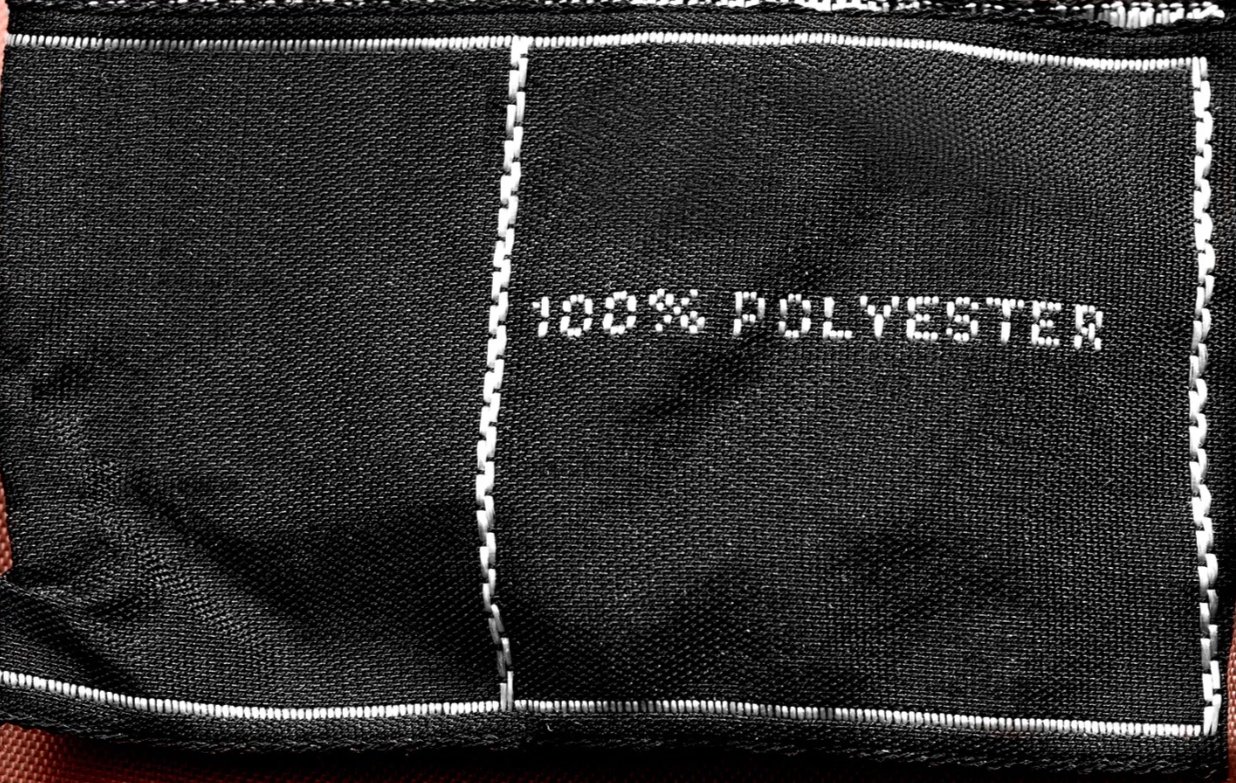What is Polyester?
5 Things You Didn’t Know About This Textile
Polyester is a synthetic fiber typically made from petroleum-based products. Since its invention in the 1940s, it has become a staple in the fashion industry. Its lightweight, quick-drying, and heat-resistant qualities make it a popular choice for sports and outdoor wear. However, because it is primarily derived from crude oil and plastics, polyester production and use have significant negative environmental impacts.
1. Fiber History
In 1926, Wallace Carothers (pictured), the inventor of nylon, first discovered that mixing alcohol and carboxyl acids could create synthetic fibers. This led to the creation of early polyester polymers. However, these initial polymers were unstable, leading the project to be shelved in favor of developing nylon.
Carothers' work was continued by others in the 1940s, culminating in the introduction of polyester to the American public by 1951. It was marketed as a "magic" fabric due to its wrinkle-resistant properties. Polyester quickly became the fabric of choice for textile manufacturers because it was inexpensive and durable, making it a popular option for various textile needs.
2. Active in Activewear
The fibers of polyester are three times finer than silk and can be woven very tightly to create fabrics that are waterproof and windproof. This makes polyester an excellent choice for the outdoors industry, being used in products such as waterproof hiking jackets, tents, and sweat-wicking sportswear.
3. Combinations and Blends
Polyester fibers blend well with others, so we often form poly-blend fabrics. Popular blends include polyester with cotton, linen, or viscose. Combining fabrics allows the material to gain desirable characteristics. For instance, polyester can provide greater stability, stretch, and wrinkle resistance to another fabric. Additionally, blending can be cost-effective; mixing a less expensive fabric with a more luxurious one creates a balanced, affordable material with enhanced properties.
4. Environmental Consequences
Polyester's environmental impact is significant. Microplastics from polyester fabrics dissolve in the washing machine and end up in the environment through wastewater. As polyester is mainly plastic, it is not biodegradable. The energy required to produce polyester is also very high, with 100 million barrels of crude oil consumed annually, and the textile industry accounting for 70 percent of this consumption.
5. Recycled Polyester Alternative
Many textile manufacturers are gradually shifting to recycled polyester as a more sustainable alternative to traditional polyester. Patagonia is a pioneer in this area, processing fabrics from plastic waste and old garments. Other sustainable brands are also adopting recycled polyester, even using it in products like running shoes. Using recycled polyester eliminates the need for new petroleum, and the recycled fibers are comparable in quality to new fibers.
However, this shift doesn't address the microplastic problem, and the recycling process itself is energy intensive. Additionally, recycling plastic has its limitations and it is currently difficult to recycle polyester from blended fabrics.
About Us
garmentHERE also known as General Orient “GO” has proudly led the apparel export market. Our primary focus extends to the US, Canadian, and European markets, where we have collaborated with numerous high and medium-end brands, including Joie, BCBG, Vince, Elaine Kim, Brochu Walker, Daniel Buchler, Equipment, and many others. Over the span of a decade, our enduring partnerships have not only facilitated our growth but also cultivated lasting friendships with our clients. We prioritize quality, efficiency, and competitive pricing, ensuring your success!

